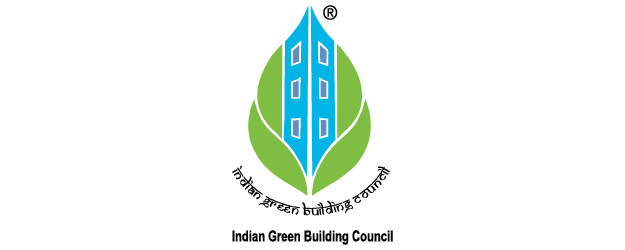Reduce Construction Time by 75%
Gypsum Plastering has faster setting time than cement plastering. The gypsum walls are paint ready in 4 days compared to 15 days with cement sand plastering. Sand cement plastering needs at least 15 days to reach the inherent properties, whereas gypsum gains its inherent properties within 48 days of application. Gypsum plasters gain their total strength within 78 hours.








